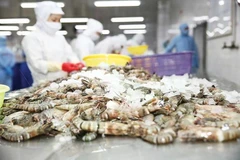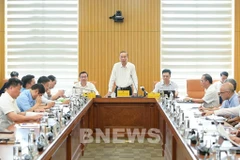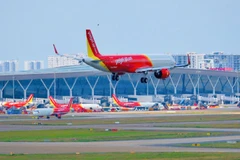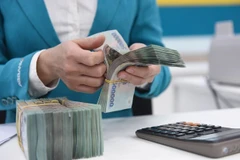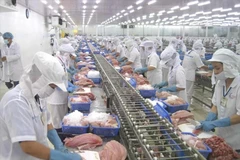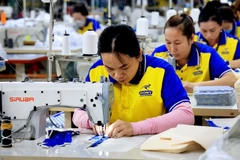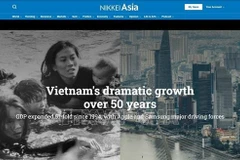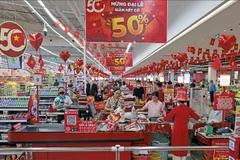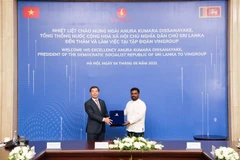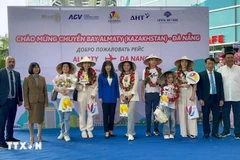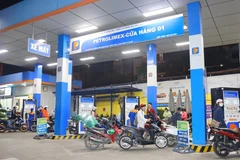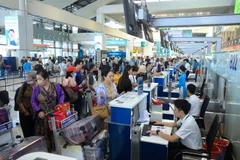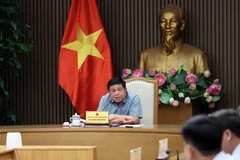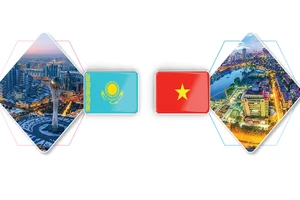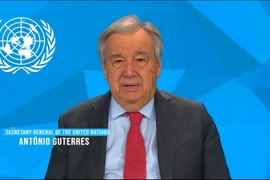Somemajor rice producing areas such as the Mekong Delta provinces of AnGiang, Can Tho and Dong Thap gathered up to 7.3 tonnes per ha in thefreshly-harvested winter-spring crop, equivalent to world leaders likeJapan and the Republic of Korea.
The nation’s riceproduction output is estimated at 39.9 million tonnes in 2010, withsouthern provinces producing over 23.5 million tonnes, reported theCultivation Department.
The Mekong Delta alone made upalmost 91.5 percent of the southern production output, gathering 21.5million tonnes with an average per-ha yield of 5.47 tonnes.
The figures show that the skills of rice farming in Vietnam had beenimproving, explaining why Vietnam has entered into the list of worldgiants in rice exports.
In the past 10 months, thecountry already exported 5.66 million tonnes of rice, earning 2.63billion USD. The yearly rice export volume was expected to reach 6.5million tonnes due to the supply of wheat falling short.
The Ministry of Agriculture and Rural Development (MARD) forecasts a“possible skyrocketing” in world rice demand with Indonesia, whichfailed to reach a deal with Thailand, likely to import an additional200,000 tonnes of rice from Vietnam. Typhoon Megi wreaked havoc in thenorthern Philippines and is expected to push the country to importbetween 500,000 and 600,000 tonnes of rice.
“Thesituation may drive the world rice market into a chaos,” saideconomists, adding that a surge in demand would make prices escalate.
In October, major rice exporters, including Vietnam, Thailand,Pakistan and India, increased their export prices by at least 30 percentover the previous month.
Despite increased prices, Vietnam does not have much rice in storage for export, said MARD.
The world’s second largest rice exporter has expanded its line-up toparboiled rice, which is expected to increase by 300,000-400,000 tonnesin 2011 to meet rising demand, said the President of the Vietnam FoodAssociation, Truong Thanh Phong.
Parboiled ricepreferred by Muslims as it is dry when fully cooked, making it easy toeat by hand. The world demand for the product is estimated at between3.5 and 4 million tonnes a year. Its price per tonne is often 70-80 USDhigher than five percent broken rice product, which now plays a key rolein Vietnam’s rice exportation.
Vietnam’s parboiledrice quality is higher than that from Pakistan and India, the twobiggest parboiled rice exporters of the world, sparking confidence onthe “high competitive edge” among domestic rice exporters, Phong says.
VFA members are building three parboiled rice factories in the MekongDelta, one of which - with a daily capacity of 500 tonnes - is scheduledto start operation later this year, bringing the total number to five.
The VFA also unveiled a plan to join hands with theCultivation Department in marking off a special zone to provide rawmaterial for these factories./.

